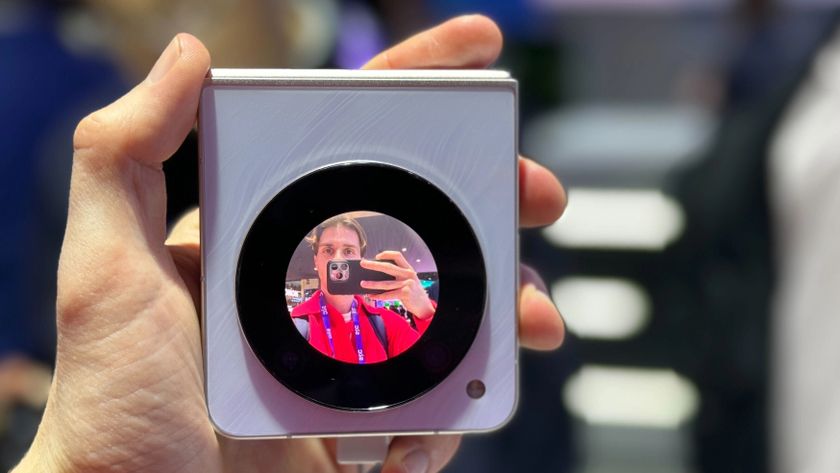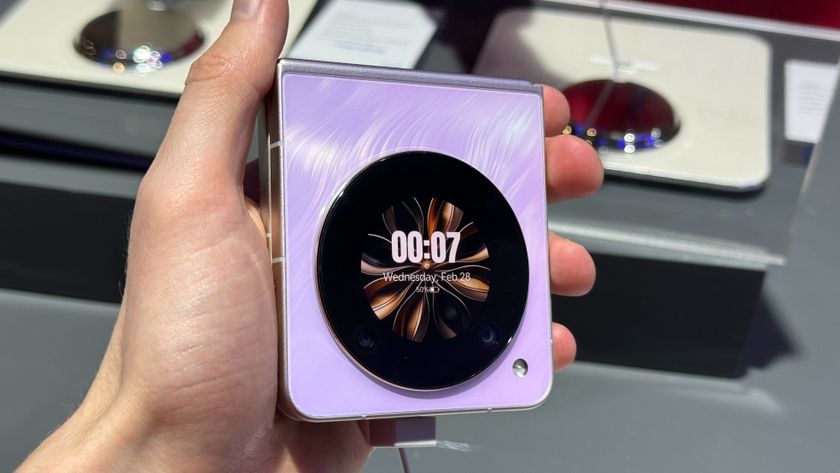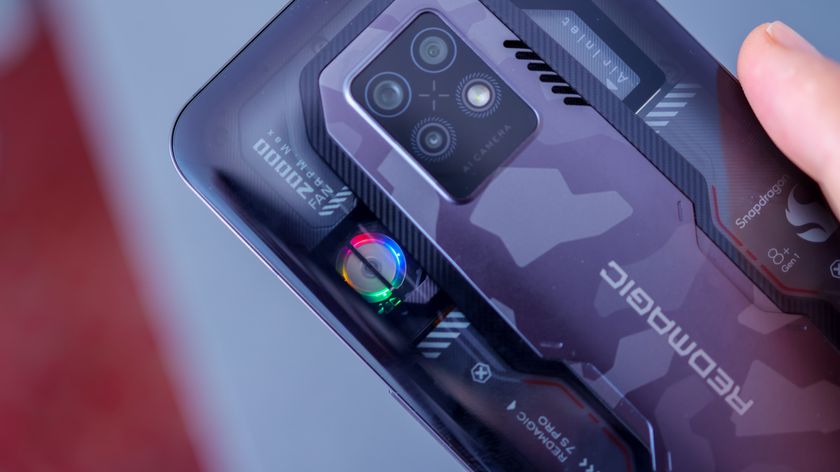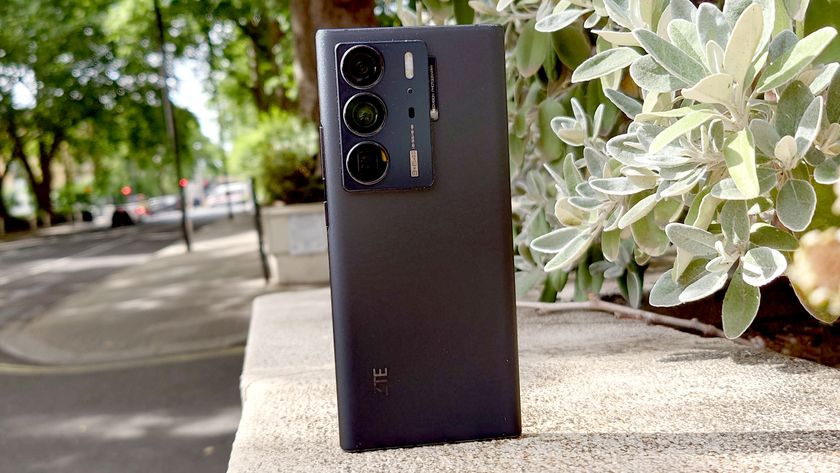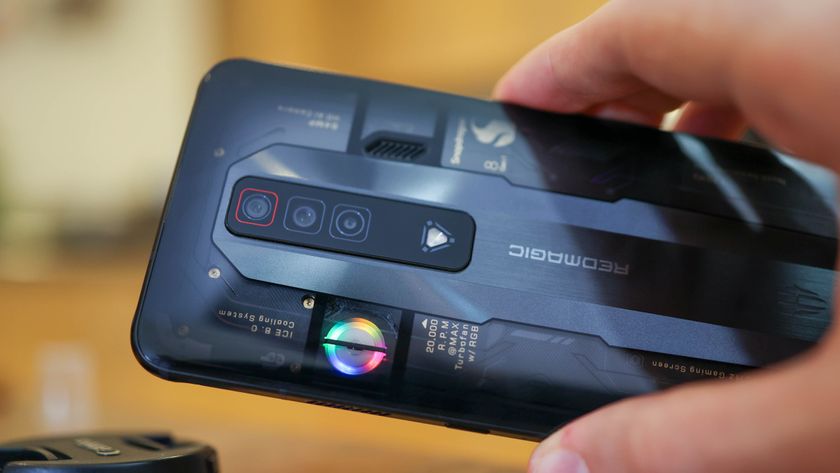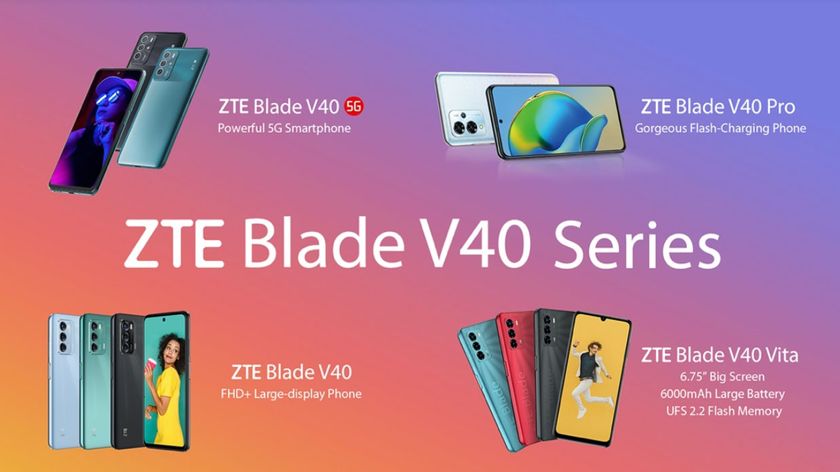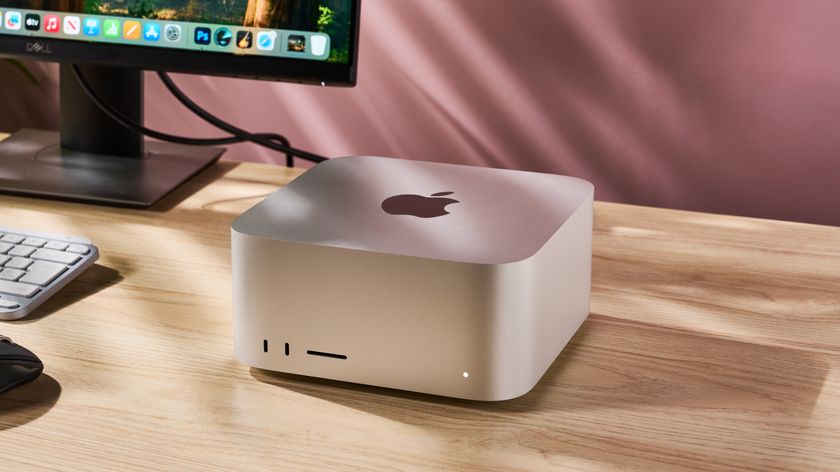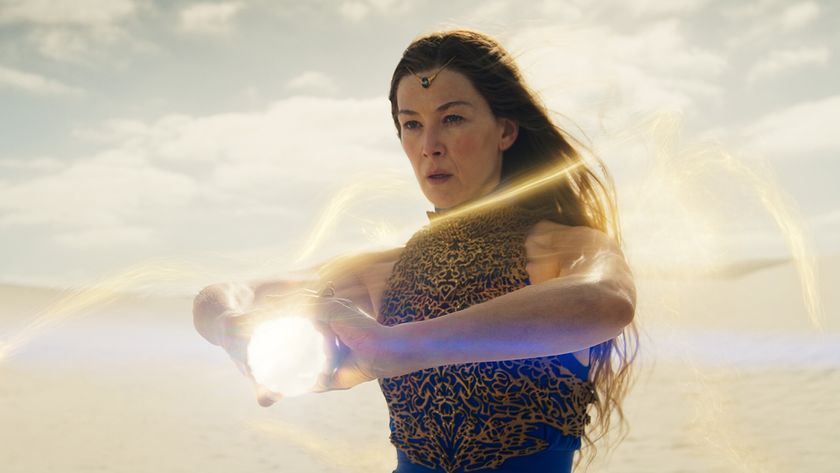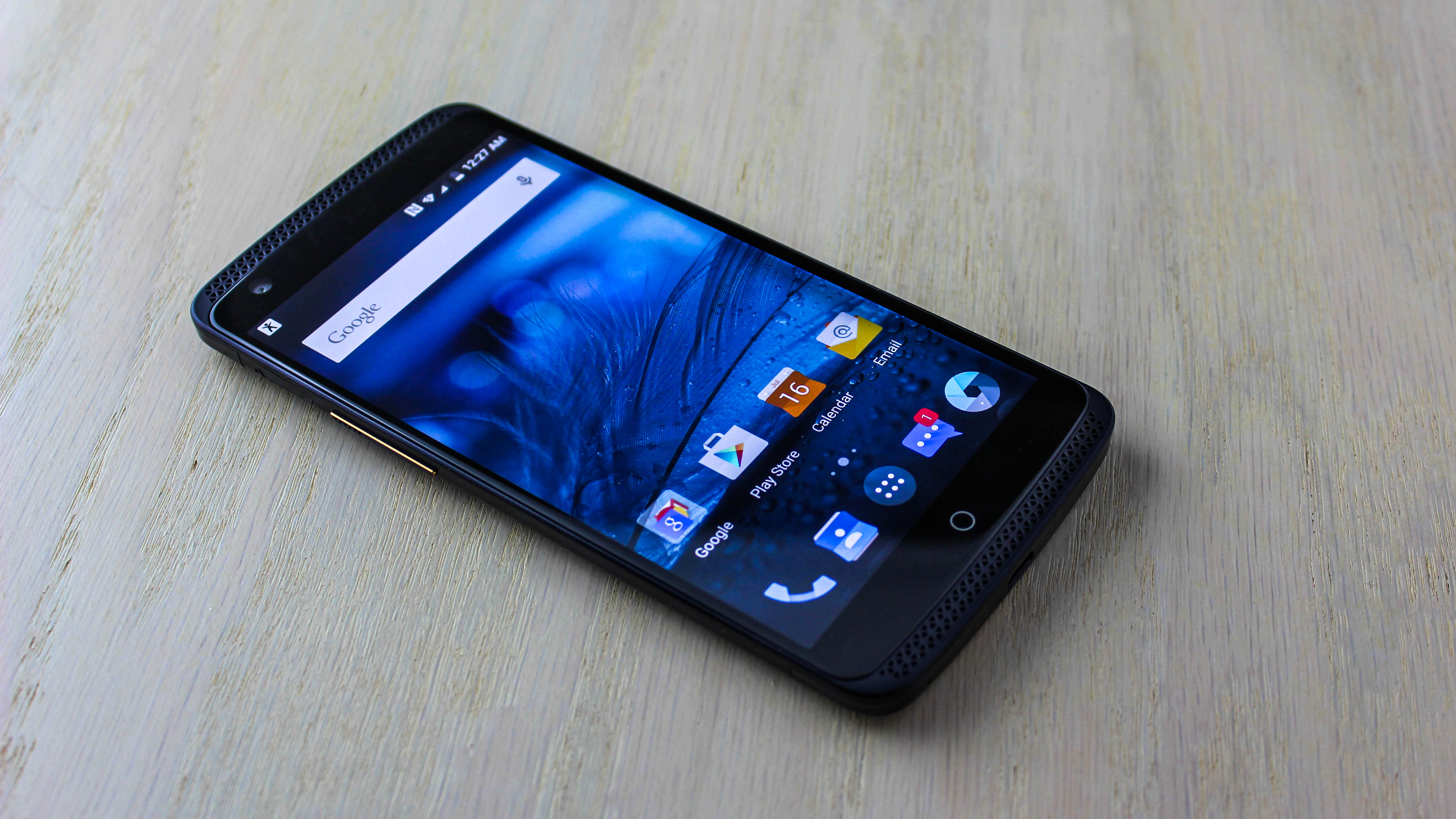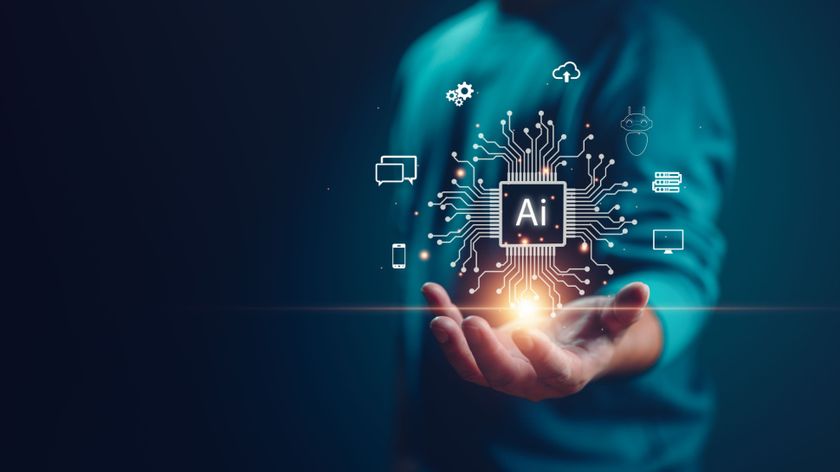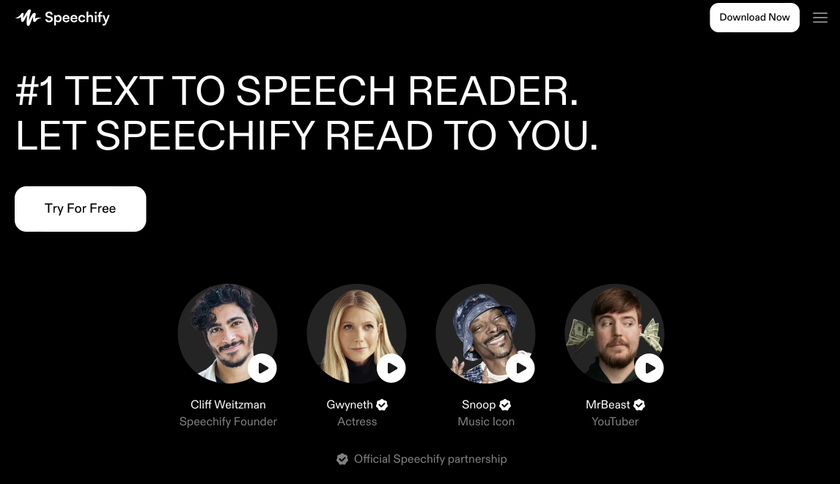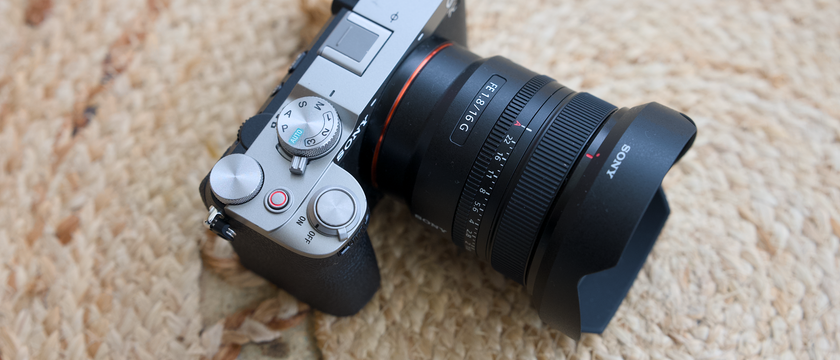TechRadar Verdict
Axon is ZTE's 5.5-inch Android challenger, with an aluminum design that's leagues beyond plastic unlocked phones. It also rivals flagships, as long as you're on AT&T or T-Mobile and willing to buy it at full price.
Pros
- +
Good price
- +
Aluminum build
- +
Bright display
- +
Powerful specs
Cons
- -
Only available at full retail price
- -
AT&T, T-Mobile only
- -
Processor runs hot
- -
No microSD card slot
Why you can trust TechRadar
Update: Make way for the ZTE Axon 7, the 2016 successor to the original ZTE Axon (technically named Axon Pro in the US and Axon Elite in the UK). Here's a look back at what the now cheaper ZTE phone did.
The ZTE Axon is the best sign yet of Chinese phone manufacturers finally starting to build flagship-level US smartphones at a fraction of the price of the iPhone and Androids.
Here we have a new Android phone with a metal build, 5.5-inch quad HD display and specs that are enough to rival today's best phones, all for $450 unlocked.
That obviously contrasts with Android handsets that cost $600 at full retail, like the Samsung Galaxy S6, LG G4 and HTC One M9. Even more expensive are Apple's iPhone 6 at $650 and, for a more accurate size comparison, its 5.5-inch iPhone 6 Plus at $750.
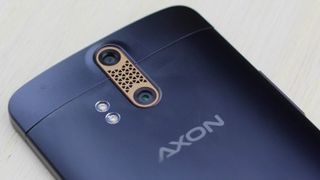
The ZTE Axon does cut some corners, of course. Its admirable, albeit thick aluminum design isn't a sleek unibody frame, and it uses Qualcomm's troubled processor that runs hot and eventually throttles when under pressure. You get what you pay for.
Then there's the fact that it's only available at full price as an unlocked GSM phone for AT&T and T-Mobile. Verizon and Sprint customers need not apply.
With the right carrier conditions met, ZTE Axon is a step up from the cheaper plastic phones Chinese makers have been hawking online and unlocked for the past few months. It's still considered a budget phone, but one that takes several more cues from its pricier competitors.
Release date and price

The official ZTE Axon release date was July 27 through the manufacturer's retail site, but most stores are fulfilling pre-orders starting August 1. This includes Amazon, eBay and Newegg.
Don't expect this particular ZTE handset to show up in AT&T and T-Mobile's carrier stores. It's an unlocked 4G LTE phone without US carrier subsidies.
The ZTE Axon costs $449 (about £290, AU$617) upfront, which is unsurprisingly lower than most high-end flagship phones that the company is trying to live up to. You'll end up saving $150 by choosing it over name-brand Androids, and between $200 and $300 on a new iPhone.
It's still a little more expensive than the plastic-based Alcatel OneTouch Idol 3, Asus Zenfone 2 OnePlus One and OnePlus 2, meaning the ZTE Axon price is sandwiched right in between its high-end rivals and these low-end handsets.
Design
The ZTE Axon raises the price of ultra-affordable unlocked phablets, but, thanks to its spacious display and metal design, it also raises the bar when it comes to their construction.
The phone is encased in aluminum rather than cheap plastic or that deceiving metallic paint we saw coating the LG G4. It feels solid in my hand, except for its seam-filled plastic accents at the top and bottom. Luckily, my hands hardly ever cross these disruptive borders, their only function being to house the phone's antennas.
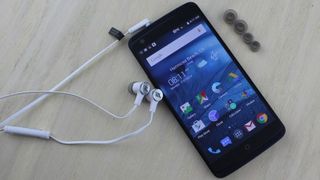
Other accents on this ZTE device work in its favor, namely the gold-colored fringe around the buttons on the frame and the dual camera lenses in the back. Gold contrasts well on my dark Phthalo Blue review phone. It also comes in Chromium Silver with the same gold accents and Ion Gold, wherein the gold is swapped out for a silver finish.
For extra flair, the capacitive home button, which sits at the bottom of the display, takes the form of a dimly lit ring and doubles as a smartly engineered notification indicator.
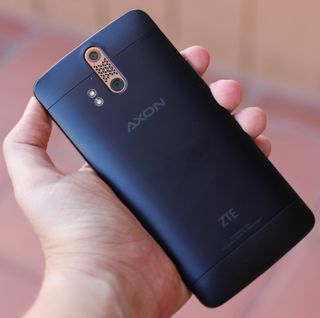
All of the color options back up the phone's mostly premium materials. The same cannot be said for its weak physical buttons, which are thinner than they needed to be given the phone's thickness. Why are the power and volume buttons on my iPhone 6 larger than the ones on this less svelte device?
Axon's dimensions are 2.95 x 6.1 x 0.7 inches (75 x 154 x 9.3mm) and it weighs 0.39 pounds (175g), so it has more heft to it all around. The iPhone 6 Plus has a depth of 0.28 inches (7.1mm) and Samsung Galaxy S6 just 0.27 inches (6.8mm).
It does use some of that extra space to include a dedicated camera button on the side. Located on the bottom right, it acts as a handy shutter button whenever any camera app is open. Sadly, it stops short of actually launching the default camera app, even though the directions call for this to happen when it's pressed twice. A firmware update would fix this oversight.
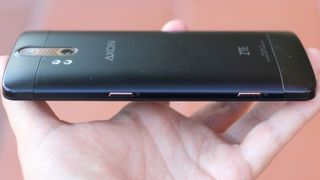
The ZTE Axon design clearly doesn't get everything right when it sits next to premium flagship phones. But that's okay. It still pulls off that premium look and feel everyone is after, with a metal body and gold-colored highlights. You'll find no rubber and very little plastic on this Android.
Display
There's no shortage of smartphones with hand-stretching 5.5-inch displays, but the ZTE Axon doubles the pixel count of the typical 1080p handset with a quad HD, 2,560 x 1,440 resolution.
It ends up packing in 534 pixels per inch, which is equivalent to what we've seen on the LG G4. More important than the density of pixels, however, is the brightness of the LCD.

ZTE went with one of Sharp's TFT LCDs, and it's actually brighter than my iPhone 6 and able to keep up with the LG G4. No one is surpassing Samsung's AMOLED displays these days.
Screen brightness really matters under sunlit conditions. It soured me on the Asus Zenfone 2 on a clear day when I reviewed that phone. Axon faired much better outside in similar conditions.
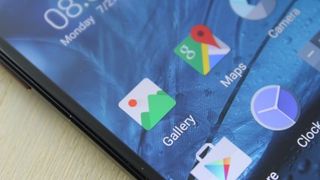
The display-related feature that I miss when using this phone is the knock-to-wake functionality found on devices like the LG G4, HTC One M9 and Nexus 9.
I'd rather double-tap the screen to turn on the phone, as if the Gorilla Glass 3-protected screen were a big button, instead of feeling around for that weak and way-too-small power button.
